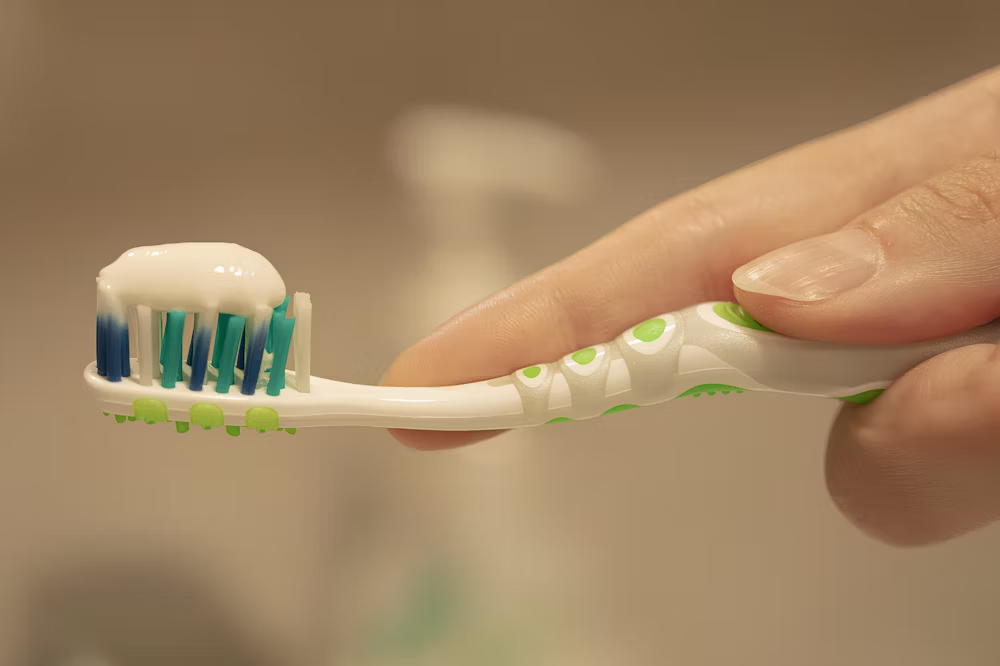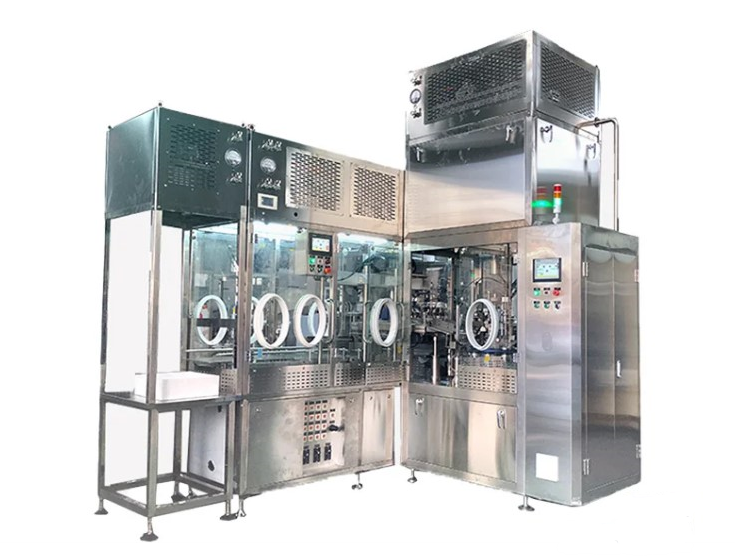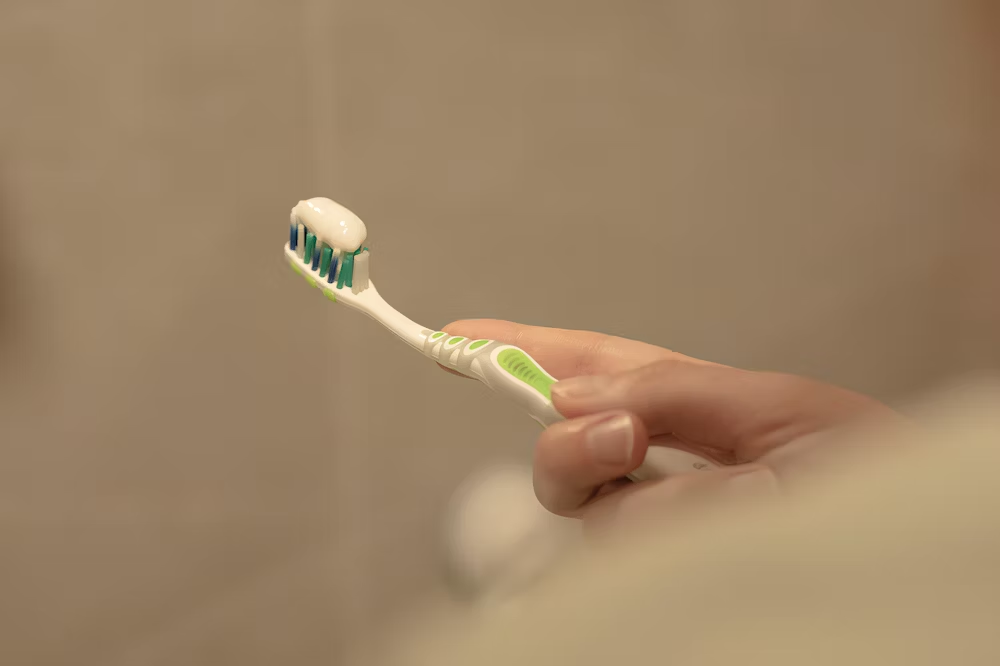What Is the Manufacturing Process of Toothpaste?
The global toothpaste market hit $19.37 billion in 2024 and is expected to grow to $29.06 billion by 2032, according to Fortune Business Insights. That’s a huge market and behind every tube is a carefully controlled manufacturing process.
As a seller in this vast market, understanding the production process of toothpaste can enable you to stand out. It can help you improve your choices regarding formulation, quality assurance, and packaging.
Familiarization with the required machinery also helps. At King Pack Machinery, we offer full production line solutions from blending with emulsifying machines to packaging with tube filling and sealing machines.
In this article, we’ll look at the manufacturing process of toothpaste and machinery that can help you get it done efficiently.
Overview: From Raw Materials to Finished Product

On store shelves, we often see dozens of tubes filled with toothpastes. As a consumer, we rarely think about the manufacturing process that begins long before the tube is filled.
This process is a coordinated sequence of steps that transforms a few raw materials into a stable product that we see on shelves. Let’s take a look at key stages of the manufacturing process:
- Emulsification and mixing of ingredients
- Homogenization to ensure a smooth and consistent paste
- Filling tubes with filling nozzle of a toothpaste filling machine
- Sealing the filled tubes
- Labeling and packing
Each step requires dedicated machinery to maintain hygiene, consistency, and production speed. Next, you’ll get detailed information on how each step works and play its role in creating a toothpaste. We’ve also gone through the machinery required in each stage.
Emulsifying and Mixing Phase

First and foremost, raw ingredients are selected, emulsified, and mixed. This is very important (if not the most important) step to successfully create a paste. If anything goes wrong, you’d have to produce a new batch.
Role of Emulsifying Mixer and Vacuum Emulsifying Mixer
Emulsification means mixing ingredients that don’t work well together. Since a toothpaste is made of water and oil-based ingredients, emulsification becomes essential to form a homogenous paste. This is also good for non-aqua toothpastes.
A standard emulsifying mixer consists of abrasives (e.g., silica), humectants (e.g., glycerin or sorbitol), thickeners, sweeteners, and flavoring agents are introduced. Manual loading and mixing of these ingredients is not efficient as water and oil-based ingredients don’t go well together.
This is where the vacuum emulsifying mixer is required. It is a highly effective piece of equipment that not only blends the ingredients successfully and makes semi solid products but also removes air bubbles. By doing so, it ensures that the paste is smooth, stable, and free of oxidation (which is critical for shelf life).
At King Pack, our vacuum emulsifying mixers come in different variations. Some are designed to handle small batches, while others are most suitable for high production volume. This makes our collection ideal for startups and industrial toothpastes factories alike.
Homogenizing Ingredients for a Stable Paste
After emulsification, the mixture undergoes homogenization, often within the same mixing unit. This step ensures that abrasive/harsh and active ingredients are evenly distributed. Many of the machines have data coding to act as a temperature controller and safety protection device.
A stable formulation is created. This prevents separation of ingredients during storage. The result is a smooth, thick, and uniform paste that’s ready for filling. This takes us into our next phase: filling.
Filling Phase: Delivering Paste into Tubes

Now comes the critical step of transferring the toothpaste into its packing. This step will make a product that is ready for customers to use.
Using Toothpaste Filling Machines and Tube Filler Machines
Toothpaste is viscous (a bit sticky), so specialized toothpaste filling machines are used for filing accuracy and to maintain hygiene. The tube filler machines come in different varieties: manual, semi-automatic, or fully automatic.
Automatic toothpaste filling machines offer the advantage of variable speed drive, precision, and minimal human handling. This is particularly important for compliances like GMP (Good Manufacturing Practices). Many machines come with overload protection and automatic tracking.
Plastic Tube Filling vs. Metal Tube Filling
The container type affects your choice of tube filling machines. Usually, toothpaste is filled into plastic tubes. However, some premium or niche products also use aluminum.
- Plastic tube toothpaste filling machine: Designed to work with flexible plastics that are sealable by heat.
- Metal tube toothpaste filling machine: Use folding mechanisms to crimp the tube shut.
Plastic tubes are more commonly used today due to their lower cost and lightweight nature. They’re also compatible with heat tube sealer, making the sealing process faster and more secure.
Integration of Automatic Tube Filling and Sealing Machines
Modern toothpaste production lines use integrated automatic tube filling sealing machines that perform both operations in a single step. Tubes are loaded (often via a tube unscrambler), filled, sealed, coded, and discharged (all automatically).
At King Pack, automatic sealing and toothpaste filling machines are built with stainless steel structure and user-friendly control. We design them to minimize downtime to get efficient output.
Toothpaste Tube Sealing and Finishing

Once the tube is filled with toothpaste, it’s time to properly prevent contamination and leakage.
Heat Tube Sealers and Tube Sealing Machines
Like we mentioned earlier, there could be either plastic or aluminum tubes. Depending on the type of tube, it’s time to seal it using appropriate heat tube sealers. This applies controlled heat and pressure to bond the tube layers.
These toothpaste tube sealing machines can also emboss or print batch codes. These codes are often visible on the bottom of toothpaste tubes. This is essential for traceability of the product.
King Pack’s machines ensure precision sealing. Our products help prevent product soilage and improve presentation on store shelves.
Sealing Small and Miniature Toothpaste Tubes
Mini toothpaste tubes are often used as samples in stores. They also act as efficient toothpaste carriers for travelers. However, these tubes require more precision. Therefore, they must be filled and sealed with the same level of quality as full-size tubes.
Auxiliary Equipment for Efficiency and Packaging
A successful production line is more than just mixers and fillers. It’s also about automation, speed, and packaging consistency.
Automatic Empty Tube Labeling Machine
Before applying filling techniques, empty tubes can be labelled using an automatic empty tube labeling machine. This allows for clear, accurate branding without affecting the filling process. It’s particularly useful when working with blank or white-label tube stock.
Labeling at this stage also avoids smearing or deformation issues that can occur if labelling is done post gel filling.
Tube Packers and Paste Packaging Solutions
After the sealing is done, they need to be packed in boxes or wrapped in shrink for shipping. Lots of labor and time is required to do this. However, it can be automated using tube packers. Many modern machines come with a touch screen control system.
Having the right toothpaste tube packaging system is essential for products to arrive in perfect conditions. Whether you are dealing with individual cartons or high production volume, you’ll need this.
King Pack’s tube packaging machines are compatible with various sizes and formats of tubes. This includes both: stand-up and flat-bottom tubes.
Final Steps in a Toothpaste Factory

The last stages are all about quality control and preparation for shipping.
From Tube Making to Final Carton Packing
Some factories use a plastic tube making machine to produce their own tubes in-house. While this adds upfront cost, it gives full control over branding and tube design.
Once mixing, filling, and sealing are done, it’s time to move tubes to the final carton packing. This is often done through robotic arms or semi-automatic systems. The cartons can also be labeled, batch-coded, or shrink-wrapped for delivery.
At King Pack, our systems integrate seamlessly from paste mixing to final packing. This offers a true end-to-end solution for toothpaste factories.
Ensuring Quality and GMP Compliance
Throughout the manufacturing process, it is very important to maintain quality and comply with regulations. This includes:
- Stainless steel structure
- CIP (Clean-in-Place) systems
- Filling accuracy
- Traceability via batch coding
Our equipment ensures hygiene standards, efficiency, and regulatory compliance. This is achieved while keeping the operational costs manageable.
FAQs About Toothpaste Manufacturing Process
What are the steps for making toothpaste?
To make toothpaste, raw ingredients are mixed into an emulsifying mixer. The blend is homogenized and filled into tubes. Then, the tubes are sealed, labeled, packaged, and sent for distribution.
What are the raw materials for toothpaste?
Common ingredients include: abrasives (like silica), humectants, binders, fluoride, flavoring, sweeteners, preservatives, etc. Some of these are water-based while others are oil-based. Therefore, a vacuum emulsifying mixer is used to blend them into a smooth paste and maintain the right product viscosity.
What is the best way to fill toothpaste into tubes?
Automatic toothpaste filling machines are one of the best options. They fill toothpaste into tubes without compromising hygiene or quality of the product.
Are heat tube sealers better than crimping machines?
Heat tube sealers provide a cleaner and reliable seal for plastic tubes. On the other hand, crimping is used primarily for metal tubes.
Can I produce sample-sized or miniature toothpaste tubes?
Yes. They are very effective for travelers or retail stores. King Pack offers equipment that’s designed to fill and seal mini toothpaste tubes.
Conclusion: How Is Toothpaste Produced Today?
Toothpaste is one of the commonly used personal care products for dental hygiene. Since it has to be produced in bulk, the manufacturing process needs sophistication to be efficient.
Today, many toothpaste manufacturers use a sophisticated process and high-quality equipment. There’s also a need for strict quality control and process optimization. Every step of the process matters whether it’s mixing in a vacuum emulsifying mixer or final sealer by an automatic tube filling and sealing machine.
Therefore, investing in the right toothpaste filling machine, tube sealing machine, and auxiliary control systems labeling machines or tube packers boost efficiency. So whether you are producing standard tubes or mini toothpaste tubes, your success depends on machinery that performs reliably; day in, day out.
Ready to Build or Upgrade Your Toothpaste Production Line?
At King Pack Machinery, we offer complete toothpaste manufacturing lines. From paste mixing to final packaging, we have everything you’ll require for this manufacturing process. Whether you need a plastic toothpaste filling machine, heat tube sealer, or a full automatic toothpaste filling and sealing solution, we’ve got you covered.
Visit King Pack Machinery to explore our solutions or request a custom quote.




